What’s Powering the AI Revolution? A Peek Behind the Curtain
AI is no longer coming – it’s here. And it’s not tiptoeing in quietly. It’s arriving at something close to the speed of light.
In just the past couple of years, artificial intelligence has gone from an academic curiosity to a powerful tool being used in homes, schools, and workplaces across the world. For parents, it can feel like a whirlwind – one minute you’re hearing about spelling apps, the next your child is chatting with something called a “language model” that seems to know everything.
But what are these AI systems actually built on? Who’s making them? And how can we tell which ones are safe, useful, or even trustworthy?
The six main contenders for the top spot in AI development – at least as of now – come from a mix of tech giants and ambitious newcomers. Each has its own personality, strengths, and style. Here’s who’s in the running: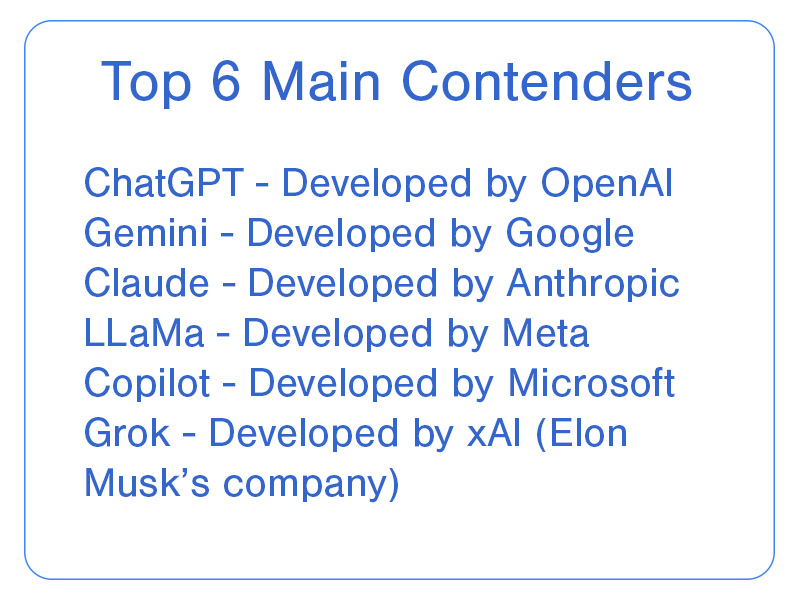
Each of these platforms is evolving at remarkable speed. In the sections that follow, we’ll explore what makes them tick – and what parents should know about their strengths, weaknesses, and quirks.
OpenAI’s ChatGPT
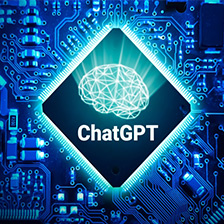
Strengths: Exceptionally fluent in conversation and strong across a wide range of topics – from maths and science to creative writing and general knowledge.
Weaknesses: Tends to sound confident even when it’s wrong, which can make it difficult to spot errors if you’re not familiar with the subject.
OpenAI is a research organisation based in San Francisco, founded in 2015 by a group that included Elon Musk and Sam Altman. Its goal is to ensure that artificial general intelligence benefits all of humanity – a lofty mission that underpins its development of ChatGPT. The platform exploded in popularity after its public release in 2022, quickly becoming the go-to example of what modern AI can do. Today, it’s used in education, business, healthcare, and countless other sectors – all from a simple chat interface.
Interesting Fact: ChatGPT (specifically GPT-4) passed the US Bar Exam in the top 10% of test takers.
Google’s Gemini (formerly Bard)
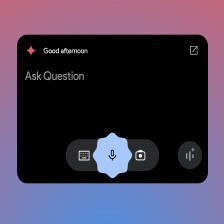
Strengths: Can search the internet in real-time and is deeply integrated with Google tools.
Weaknesses: Sometimes pulls information from unreliable sources if not well-tuned.
Gemini, previously known as Bard, is Google’s major push into the AI world. Built on Google’s extensive language models and linked tightly to its search engine, Gemini aims to bring real-time, factual AI responses to the public. Google’s massive infrastructure means Gemini has access to vast amounts of data and can incorporate current events into its answers – a major differentiator.
Interesting Fact: Gemini is multi-purpose – it can understand and respond using text, images, video, and audio.
Anthropic’s Claude
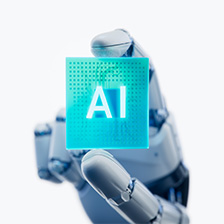
Strengths: Known for being cautious and safe, especially with sensitive topics.
Weaknesses: Often gives shorter or less detailed answers than other models.
Claude is developed by Anthropic, a company started by former OpenAI employees who wanted to take a safety-first approach to AI. Their model is trained using something called ‘Constitutional AI,’ which means it has been guided to follow ethical rules and produce helpful, honest, and harmless answers. Claude is gaining traction among users who value caution and clarity in their AI interactions.
Interesting Fact: Claude is trained using ‘Constitutional AI’ – a method designed to encourage honesty and prevent harmful responses.
Meta’s LLaMA (Large Language Model Meta AI)

Strengths: Open-source and very customisable by researchers and developers.
Weaknesses: Can be tricky to use safely without tight controls or good supervision.
LLaMA is Meta’s (formerly Facebook) family of open-source language models. Unlike other platforms, Meta made the bold decision to release these models to the research community, sparking both excitement and controversy. While this openness helps with innovation, it also raises concerns around how the models might be used – responsibly or otherwise.
Interesting Fact: Meta released the LLaMA models to researchers worldwide – a move that caused fierce debate within the AI community.
Microsoft’s Copilot (in Word, Excel, etc.)
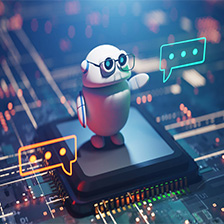
Strengths: Brilliant for everyday productivity tasks like writing, editing, and data analysis.
Weaknesses: Still learning how to handle complex instructions and sometimes needs human correction.
Microsoft’s Copilot integrates AI directly into tools like Word, Excel, and PowerPoint. Rather than acting as a stand-alone chatbot, Copilot works alongside you – suggesting edits, creating charts, or summarising information. It’s a practical, task-oriented approach to AI that’s being quietly adopted in classrooms and offices alike.
Interesting Fact: Copilot can write Excel formulas from plain English and summarise long email threads in seconds.
xAI’s Grok
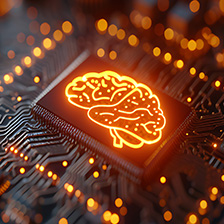
Strengths: Designed with a humorous, conversational tone and integrated directly into X (formerly Twitter), allowing real-time interaction with posts and trending topics.
Weaknesses: Still early-stage; less reliable for academic use..
xAI was founded by Elon Musk in July 2023 with the ambitious mission of “understanding the true nature of the universe.” Its first product, Grok, launched in November 2023 and quickly made waves for its witty, sometimes irreverent responses. Unlike most AI platforms, Grok is deeply embedded in the X social media platform, giving it direct access to live user content and online trends. In July 2025, Grok 4 was released, offering improved reasoning, a new “Heavy” mode for complex queries, and broader memory capabilities.
Originally available only to Premium+ users, Grok has since been made accessible to all X users, though free users have limited functionality. Full access – including the latest features – is reserved for those on the higher subscription tiers.
Interesting Fact: The name “Grok” comes from Robert A. Heinlein’s sci-fi novel Stranger in a Strange Land, where it means to understand something deeply and intuitively – which is exactly what its creators hope it will one day achieve.
So, Which AI Should You Trust?
There’s no one-size-fits-all answer. Each AI platform has its own strengths and limitations – just like any learning tool. Some are brilliant at handling creative writing, others excel at crunching numbers. Some focus heavily on safety and moderation, while others lean into open access and experimentation.
The key for parents and educators is to understand that not all AI is created equal – and that knowing what’s under the hood helps you make better decisions for your family or school.
When used carefully, AI can be an incredible educational ally. But safety, focus, and clarity should always come first – especially when children are involved.
Written by Colin King, co-founder and owner of Education Quizzes – a UK-based platform offering teacher-written quizzes that have built-in Safe AI Tutoring.
